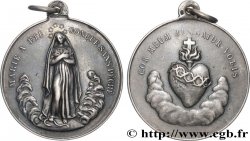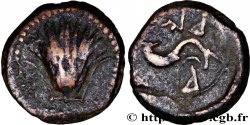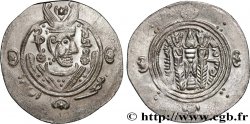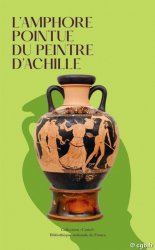Not available.
Item sold on our e-shop (2023)
Price : 120.00 €
Item sold on our e-shop (2023)
Price : 120.00 €
Type : Médaille, Eugène Fiancette
Date: 1938
Metal : bronze
Diameter : 63 mm
Orientation dies : 12 h.
Engraver PILLET Charles (1869-1960)
Weight : 121,32 g.
Edge : lisse + Triangle BRONZE
Puncheon : Triangle BRONZE
Coments on the condition:
Patine hétérogène, des taches d’oxydation et des traces de manipulation. Petites marques d’usure
Predigree :
La médaille provient du stock Pillet
Obverse
Obverse legend : ANÉPIGRAPHE.
Obverse description : Buste de profil à droite, signé : CH. PILLET / 1938.
Reverse
Reverse legend : A / E. FIANCETTE / SENATEUR / LA VILLE DE PARIS / EN COMMEMORATION DE LA 25.E ANNEE DE SON MANDAT / DE CONSEILLER MUNICIPAL / QUARTIER DU COMBAT / 1913-1938.
Reverse description : Légende en 8 lignes au dessus d’une vue sur un pont reliant à un jardin, petite fabrique de jardin à gauche.
Commentary
Eugène Fiancette (1881-1949) est un homme politique qui fut cocher de fiacre puis responsable du syndicat des cochers de fiacre et des chauffeurs. Conseiller municipal de 1913 à 1940, il est député SFIO de la Seine de 1928 à 1936, puis sénateur de la Seine de 1936 à 1940. (cf. wikipedia).
Eugène Fiancette (1881-1949) was a politician who was a cab driver and then head of the cab drivers' and chauffeurs' union. A municipal councilor from 1913 to 1940, he was a SFIO deputy for the Seine from 1928 to 1936, then senator for the Seine from 1936 to 1940. (see Wikipedia)
Eugène Fiancette (1881-1949) was a politician who was a cab driver and then head of the cab drivers' and chauffeurs' union. A municipal councilor from 1913 to 1940, he was a SFIO deputy for the Seine from 1928 to 1936, then senator for the Seine from 1936 to 1940. (see Wikipedia)








 Report a mistake
Report a mistake Print the page
Print the page Share my selection
Share my selection Ask a question
Ask a question Consign / sell
Consign / sell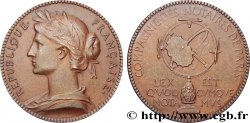
 Full data
Full data